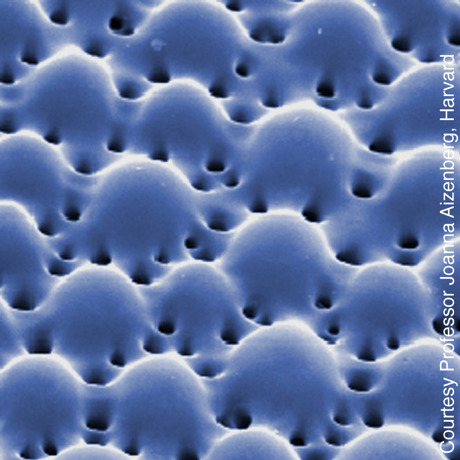THE
reef-dwelling brittle star has an amazing form of armor on its upper
surface. This part of its skeleton is studded with microscopic lenses
that turn the animal’s armor into a compound eye.
Consider:
When
scientists examined the skeletal plates of the brittle star, they saw
“an unusual pattern of densely packed, crystal-clear bumps, each thinner
than a human hair,” says the magazine Natural History. These
crystalline bumps, made of calcium carbonate (calcite), proved to be
high-quality microlenses that focus light onto what seem to be
photosensitive nerves just below the plates. Moreover, the lenses have
the exact shape needed to produce the desired image.
According
to chemist Joanna Aizenberg, the brittle star’s dual-purpose shell
“demonstrates an important principle: in biology, materials are often
optimized for multiple functions.”
Taking a
lesson from the biology of the brittle star, researchers have devised a
simple, low-cost method of producing arrays of microlenses made of
calcium carbonate. The many applications of these arrays include
telecommunications, where they are used to conduct light signals through
optical fibers.
